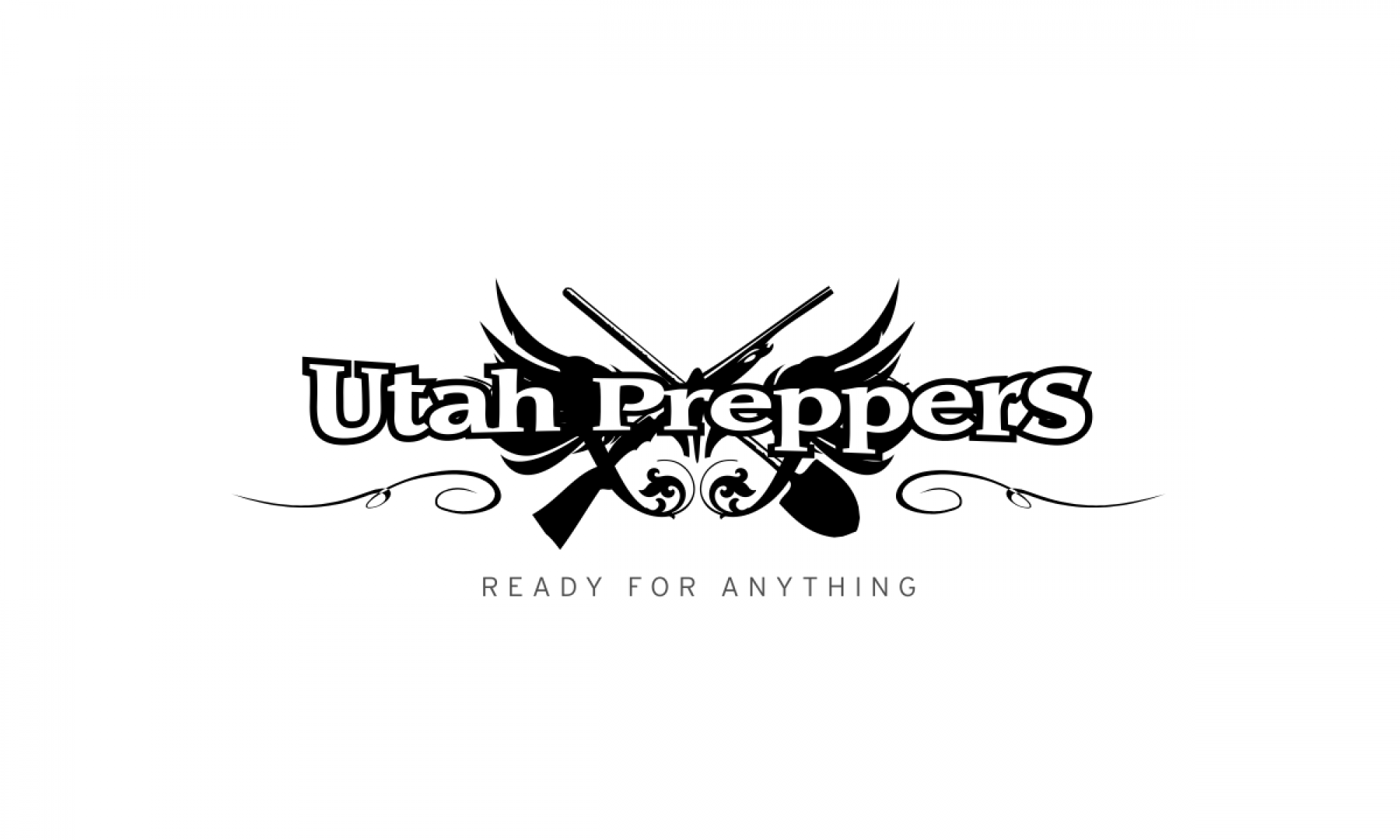
FEMA, the Federal Emergency Management Agency has long supported CERT (Community Emergency Response Teams) in locales large and small by providing training material, grants and other support. This week they released a new set of FEMA guidelines and instructions for CERT drills and exercises. These exercises cover the gamut and include tabletop exercises, functional exercises, full scale exercises, and competitive events.
Find out more about these drills and exercises after the jump.
Drills
Drills are supervised activities that provide the opportunity for CERT members to validate a specific operation or function, usually focused on one or two key skills, such as splinting and bandaging or lifting and cribbing. Drills can also be used to determine if plans can be executed as designed, to assess whether more training is required, or to reinforce best practices.
Tabletop Exercises
Tabletop exercises are table-based activities typically held in an informal setting and presented by the Facilitator. There is no hands-on practice or field work. This type of exercise is intended to generate discussion of various issues regarding a hypothetical, simulated emergency. Tabletops can be used to enhance general awareness, validate plans and procedures, rehearse concepts, and/or assess the types of systems needed to guide the prevention of, protection from, mitigation of, response to, and recovery from a defined incident
Functional Exercises
Functional exercises are typically focused on exercising plans, policies, procedures, and staff members involved in management, direction, command, and control functions. There is no actual field work in a functional exercise; all the activity is verbal.
Functional exercises fall between a tabletop exercise and a full-scale exercise. More than a tabletop, where participants discuss what they might do, in a functional exercise the Command Post Team “takes action” – making decisions, simulating the deployment of resources, and responding to new developments. In comparison to a full-scale exercise, a functional exercise involves fewer participants and the movement of personnel and equipment is simulated. A functional exercise provides a more realistic simulation of an emergency compared to a tabletop and is typically conducted in “real¬time” in a classroom setting or a designated site for a Command Post.
Full Scale Exercises
Full-scale exercises are typically the most complex and resource-intensive type of exercise because they are staged in a realistic field environment and involve many participants. Full-scale exercises give the team an opportunity to practice and validate their plans, policies, and a wide variety of the skills covered in CERT Basic Training. Volunteers play the role of victims and moulage is used to add realism. These exercises may involve other agencies, although role-players representing other agencies can be used if desired.
Competitive Events
CERT competitive events offer local programs the chance to validate, practice, and reinforce their skills and procedures in a challenging, fun, and competitive but friendly environment. The event consists of numerous skill and demonstration stations and each team rotates from station to station. Sometimes called “CERT Rodeos,” “CERT Olympics,” or “CERT Games,” these events are usually conducted with numerous CERT programs, therefore managing the event is spread more widely. Multi-jurisdiction participation can generate additional publicity for CERT operations. Larger, events may encourage media coverage as a means to promote the program and raise awareness about CERT.
Sound like something you’d be interested in? What are you waiting for? Go find the CERT program in your area.

